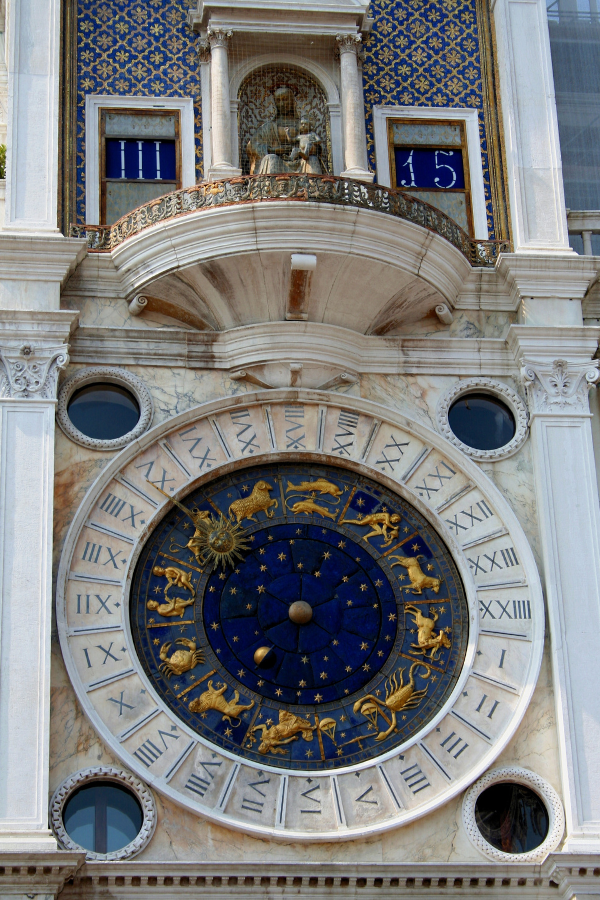

The Symbolism of Celestial Bodies: Tracing the History of Astrology
Summary
The article presents a historical overview of astrology, exploring its origins in ancient civilizations through its evolution and influence on various cultures and eras. It also examines the decline of astrology as a scientific discipline and its modern resurgence in popular culture.
Reflection Questions
- Are you more likely to believe in astrology after reading the article, or are you still skeptical? Why or why not?
- Does the deep-rooted historical significance of astrology make it worthy of respect, or does it remain superstition?
- Could there be a middle ground where astrology provides cultural significance and insights into humanity’s search for meaning without the need for literal interpretations?
Journal Prompt
Explore your personal beliefs about astrology. Do you find any elements of it relatable or intriguing, even if you don’t believe in it as a literal predictor of events? Consider the concept of archetypes and symbols and how they might resonate with our experiences.
Since time immemorial, humanity has gazed upon the cosmos with a mixture of awe and curiosity. The celestial dance of stars, planets, and luminaries has inspired countless myths, beliefs, and a yearning to understand the patterns woven across the night sky. For many, astrology—a symbolic language born from the timeless desire to unravel the mysteries held within the movements of celestial bodies—is central to these enduring fascinations. Let’s explore the origins of ancient astrology and consider how it has evolved throughout history.
What Exactly is Astrology?
Astrology is an ancient system of belief that connects the positions of celestial bodies, primarily the Sun, Moon, planets, and asteroids, with human events and experiences. It’s a symbolic language that views the movements and relationships between these celestial bodies as having meaning and influence over our lives.
For thousands of years, astrologers have studied the sky, meticulously charting the positions of the planets and stars at specific times. Based on this celestial map, they developed a complex system of interpretations that now make up astrological theory. Zodiac signs, planetary placements, and angles between these bodies are believed to inform personality traits, potential life paths, and even significant events as shown on astrological charts.
While some view astrology as a form of divination, predicting the future, it’s more commonly understood as a tool for self-understanding and navigating life’s journey. By interpreting the sky’s symbolic language, astrologers believe they can gain insights into potential strengths, weaknesses, and opportunities.
Exploring Astrology’s Early Beginnings
The roots of astrology stretch back into the mists of time, its practice intertwined with the earliest attempts of human beings at understanding the universe. Its birth likely occurred in tandem with the development of agriculture when the shifting patterns of the sky (astronomical cycles) became vital to marking seasons and predicting optimal times for sowing and harvest.
While specific interpretations varied, the core belief across ancient civilizations was that celestial disruptions reflected the will of the divine. A solar eclipse might signal an angry god, while the appearance of a new star could portend a change in leadership. By understanding these astral omens, people hoped to appease the gods, avoid misfortune, or prepare for coming events.
Astrology in the Ancient World
Mesopotamia
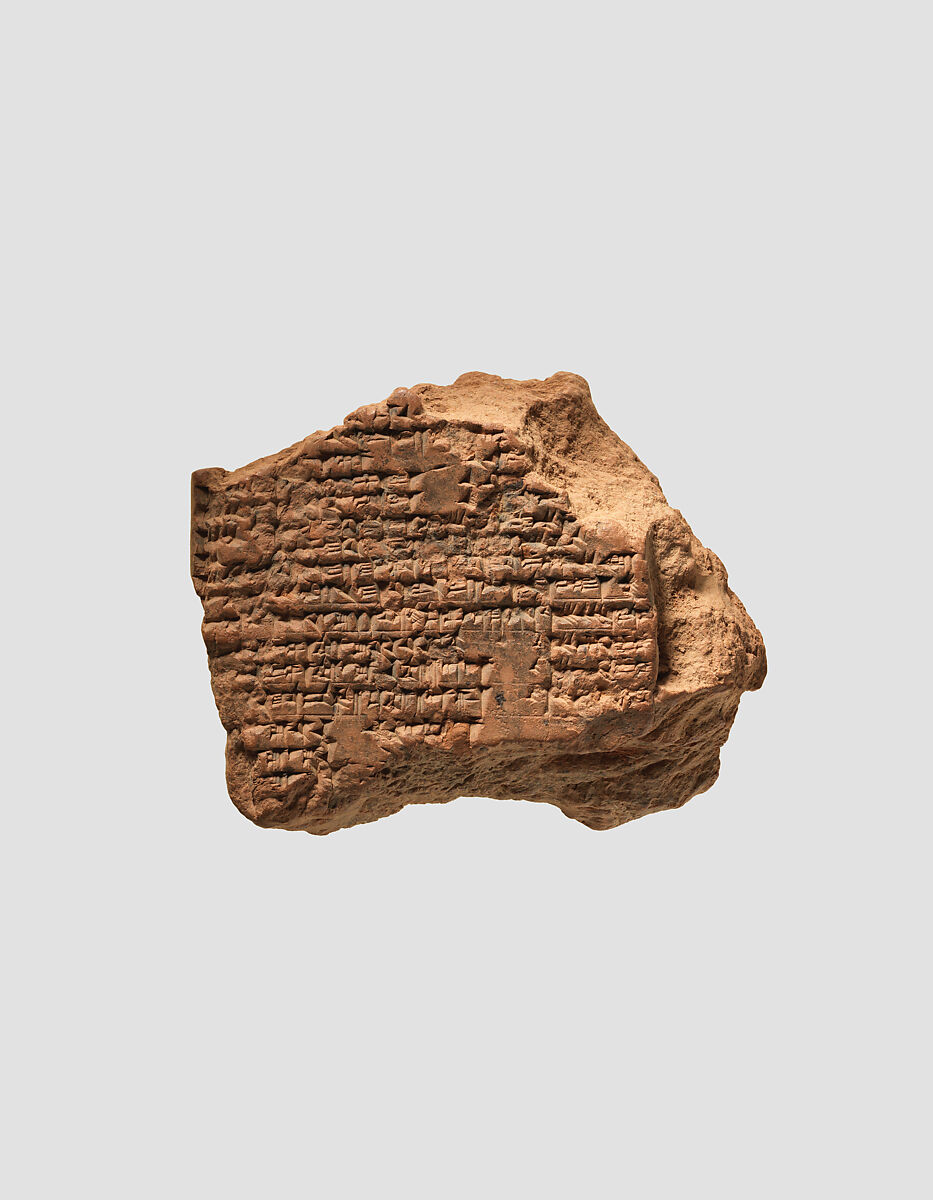

In ancient Mesopotamia, often considered the birthplace of both astronomy and astrology, sky-watching evolved into an elaborate practice of divination. Simplistic celestial observation began as early as the 3rd millennium BCE. More complex astrology developed in the centuries following.
Mesopotamian priests, known as ‘enūma ānū enlil’, meticulously recorded the movements of stars and planet on cuneiform tablets, interpreting these as omens sent by the gods to communicate their will to humanity. This led to the development of one of the earliest documented astrological systems and the basis of much of today’s astrological symbolism.
Egypt
In ancient Egypt, astrology was intertwined with scientific, religious, political, and cultural circles. Astrological practices intertwined with religious beliefs were evident from at least the 3rd millennium BCE. Egyptians used stellar movements to predict Nile floods and to determine the best times for agricultural activities. Moreover, astrology played a crucial role in their burial practices and mythology, with stars and constellations forming part of their belief in an afterlife.
Egyptian astrological knowledge is captured in various papyri and monumental inscriptions. These documents often relate celestial phenomena to religious events and rites, particularly emphasizing the stars’ roles in the journey of the soul in the afterlife.
Indus Valley
The civilization of the Indus Valley, although less documented than Mesopotamia and Egypt, shows evidence of early astronomical knowledge and the development of early astrological concepts based upon astronomy. Exact timeframes are harder to pinpoint, but astrological references exist in texts from around the 2nd millennium BCE onwards. Archaeological findings suggest that they had a calendar based on the movements of celestial bodies, which likely influenced their agricultural and religious practices.
Babylonian Astrology
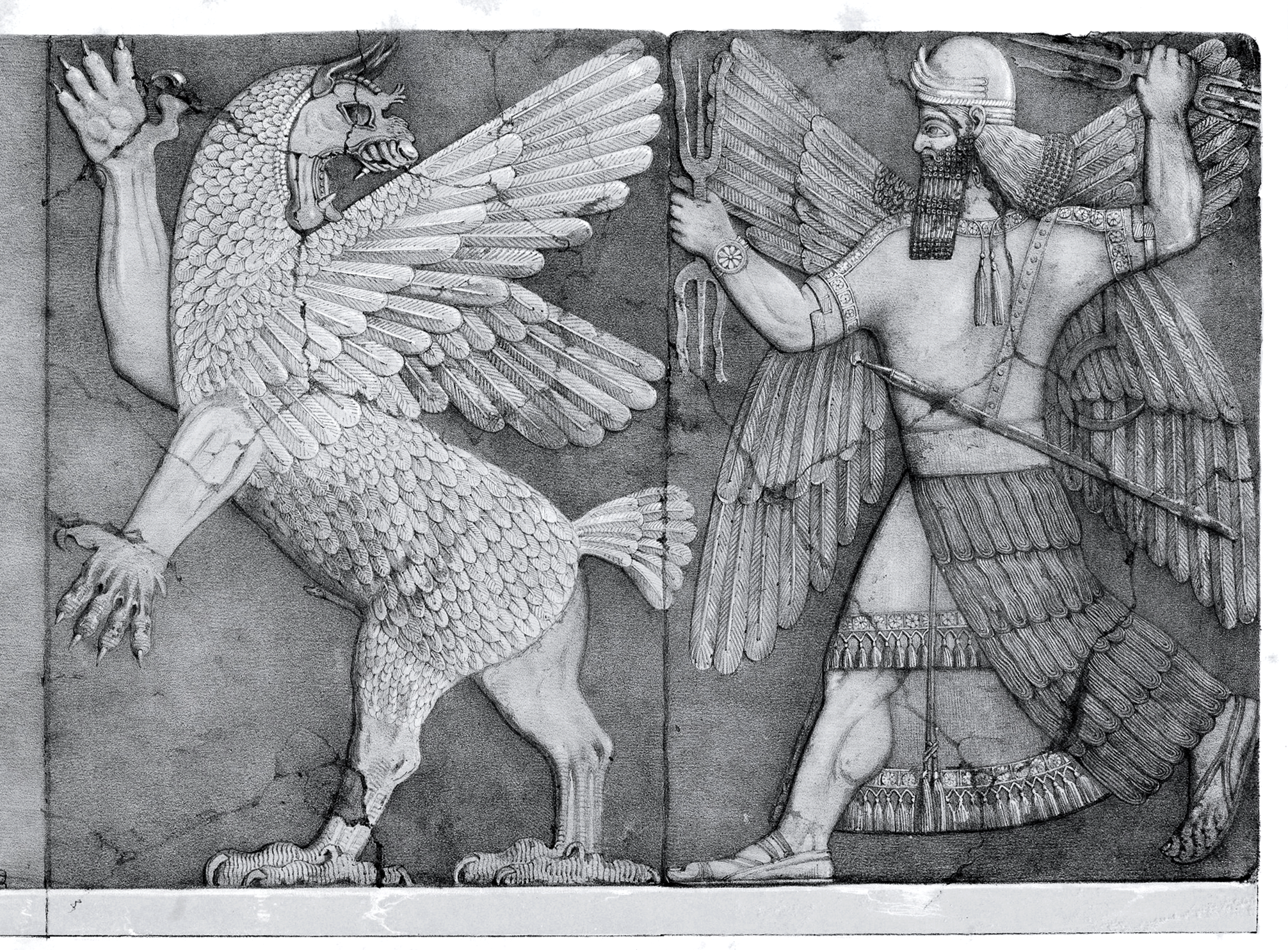

Babylonian astrology represents a critical evolution in the astrological tradition. Babylonian astrologers developed the zodiac, dividing the sky into twelve sections, each zodiac sign named after prominent constellations. This system allowed for more detailed predictions and personalized horoscopes, linking specific celestial movements with earthly events and individual destinies. The most significant development and refinement of Babylonian astrology occurred around the 7th to 4th centuries BCE.
The Chaldeans, emerging later in the Babylonian period, refined and systematized astrology into a form that emphasized predicting terrestrial events from celestial observations. The sophistication of Chaldean astrology contributed significantly to its prestige, making ‘Chaldean’ synonymous with ‘astrologer’ in later cultures. Astrological concepts applied today are largely drawn from Chaldean wisdom.
Vedas in Indian Astrology
In the Indian subcontinent, the Vedas, sacred texts of Hinduism, extensively discuss celestial bodies. These texts, composed between 1500 – 500 BCE, not only include hymns to the planets and stars but also detailed rituals to appease them, highlighting a complex interaction between celestial phenomena and human affairs.
Development Through the Ages
From Ancient Greece to the Islamic Golden Age, ech of the following periods illustrates how astrology was not merely a static set of beliefs but a dynamic field that evolved significantly through cross-cultural exchanges and intellectual advancements. This historical journey of astrology through different eras and cultures underscores its integral role in shaping and reflecting the philosophical and scientific landscapes of those times.
Greek Influence: Hellenistic Astrology and Integration of Babylonian Techniques
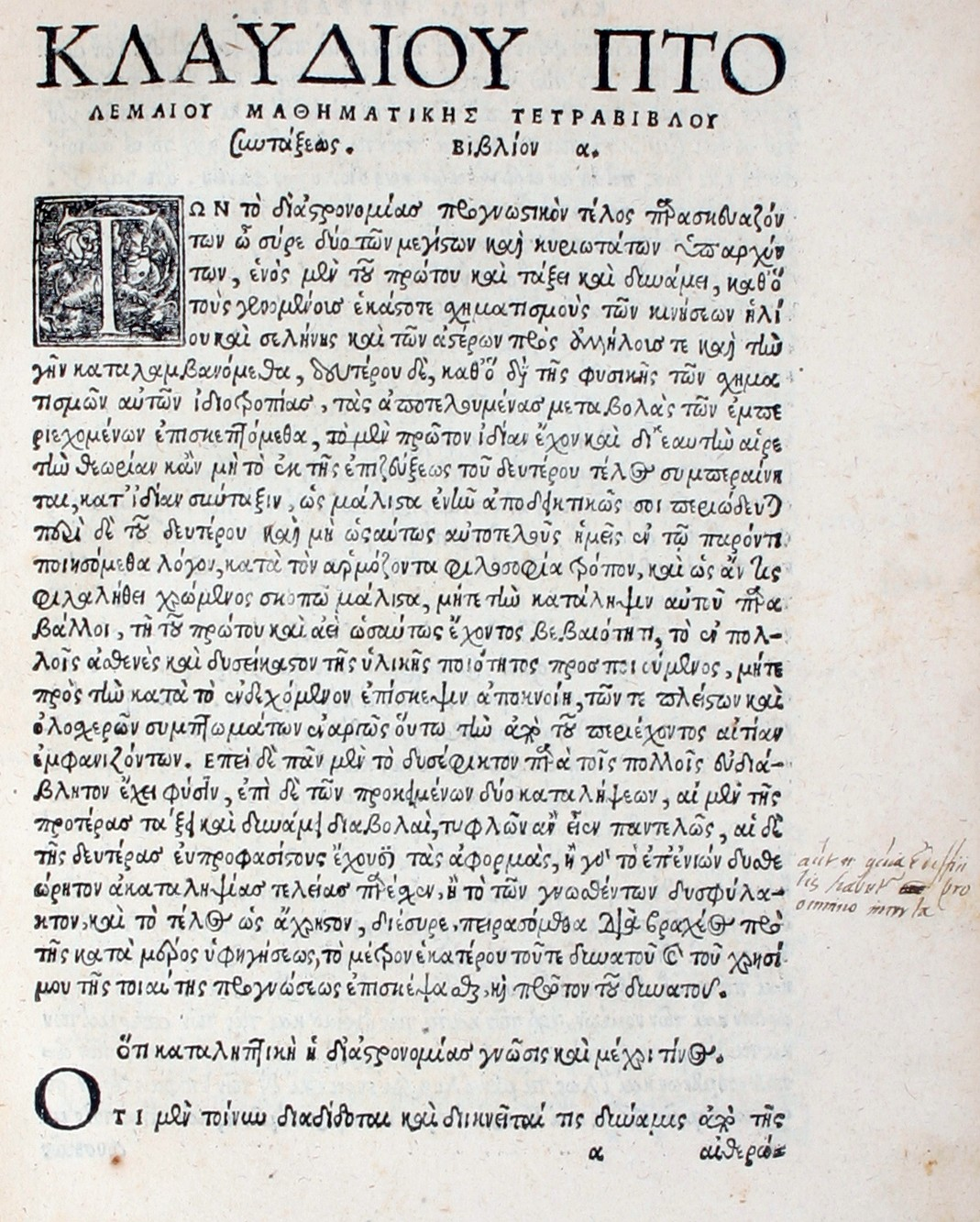

The fusion of Greek and Babylonian astrological practices during the Hellenistic period marked a significant evolution in the field of astrology. After Alexander the Great’s conquests, which bridged various cultural and intellectual traditions, Greek scholars in places like Alexandria began to synthesize Babylonian astronomical data with Greek philosophical concepts.
This period saw the creation of the horoscopic astrology, which involves the casting of horoscopes based on the exact time and place of a person’s birth. Figures like Claudius Ptolemy later emerged to systematize Hellenistic astrology in works such as the “Tetrabiblos,” solidifying its role as a scholarly endeavor that combined empirical observation with complex mathematical calculations.
Roman Era and the Spread Across Europe
During the Roman era, astrology was further popularized and spread throughout the Empire, reaching every corner of Roman life from the common folk to the ruling elite. Romans adopted Hellenistic astrology and adapted it to their own cultural contexts, using it extensively for political and personal decisions.
Emperors such as Tiberius and Augustus utilized astrology to legitimize and prophesize the outcomes of their rule, leading to its integration into Roman statecraft and daily life. As the Roman Empire expanded, it facilitated the spread of astrological practices across Europe, laying the groundwork for astrology’s later resurgence in the Medieval and Renaissance periods.
Arabic Contributions: The Translation of Greek and Persian Texts and Innovations in Astrological Practices
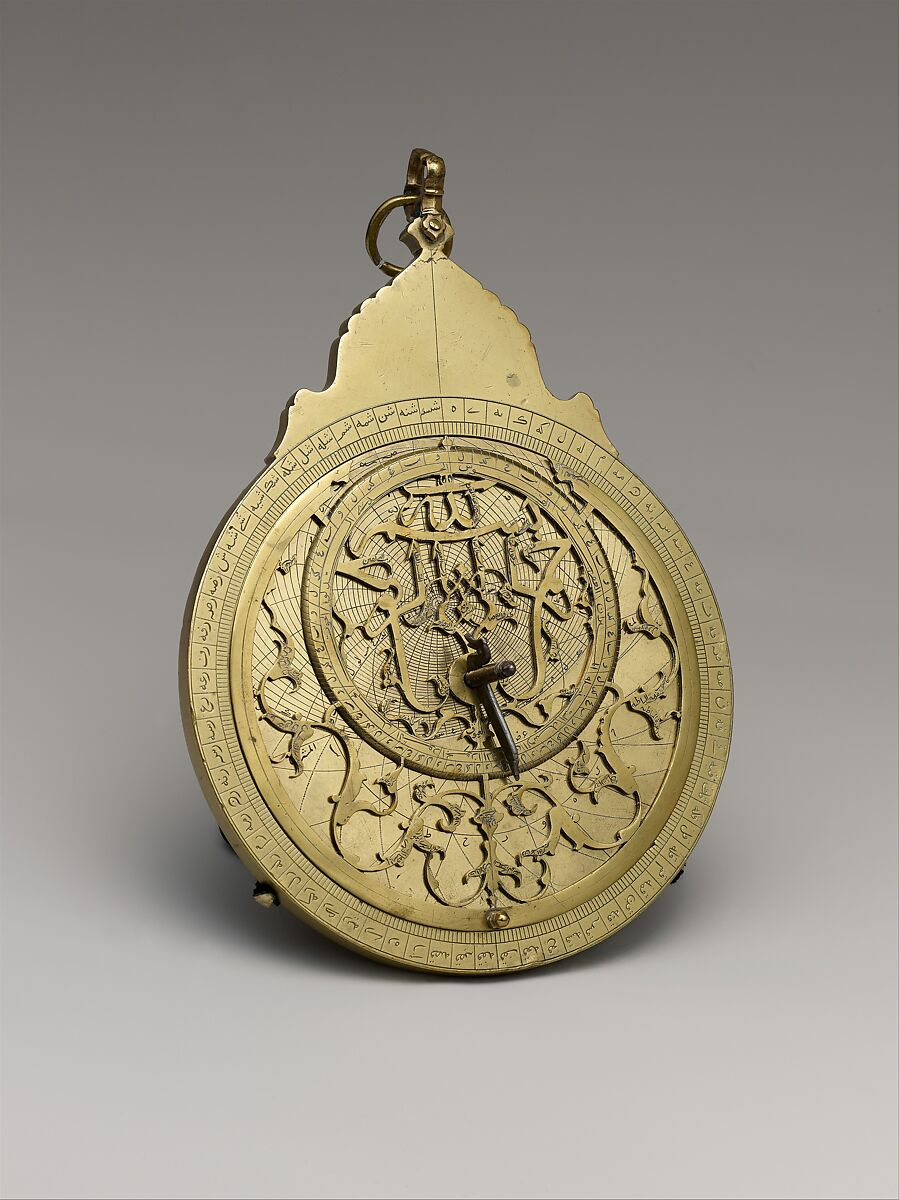

The Islamic Golden Age saw Arabic scholars in centers like Baghdad preserving and enhancing the astrological knowledge inherited from the Greeks and Persians. The translation of key texts into Arabic under the Abbasid Caliphate, including Ptolemy’s “Tetrabiblos,” not only saved this knowledge from potential obscurity but also enriched it with new insights and techniques.
Arab astrologers introduced innovations such as the use of algebra in calculating planetary positions and developed a new type of astrological chart that increased predictive accuracy. These advancements were later transmitted to medieval Europe through translations of Arabic texts into Latin, profoundly influencing European astronomical and astrological practices.
Astrology During the Medieval Period
Astrology in Medieval Europe: Association with Medicine, Alchemy, and Religion
In medieval Europe, astrology was deeply intertwined with medicine, alchemy, and religion. The belief that celestial bodies influenced the physical and spiritual realms led to the integration of astrology into medical practices, with physicians consulting astrological charts to determine the timing of treatments and surgeries based on the positions of the planets and stars.
Astrology also played a significant role in alchemy, the precursor to modern chemistry, where alchemists used astrological timings to attempt transmutations and create elixirs, believing that the planets influenced the properties and transformations of materials. Furthermore, despite occasional tensions, astrology was often harmonized with Christian doctrine, with theologians and scholars finding ways to align astrological beliefs with religious teachings.
Notable Astrologers of the Era and Their Works
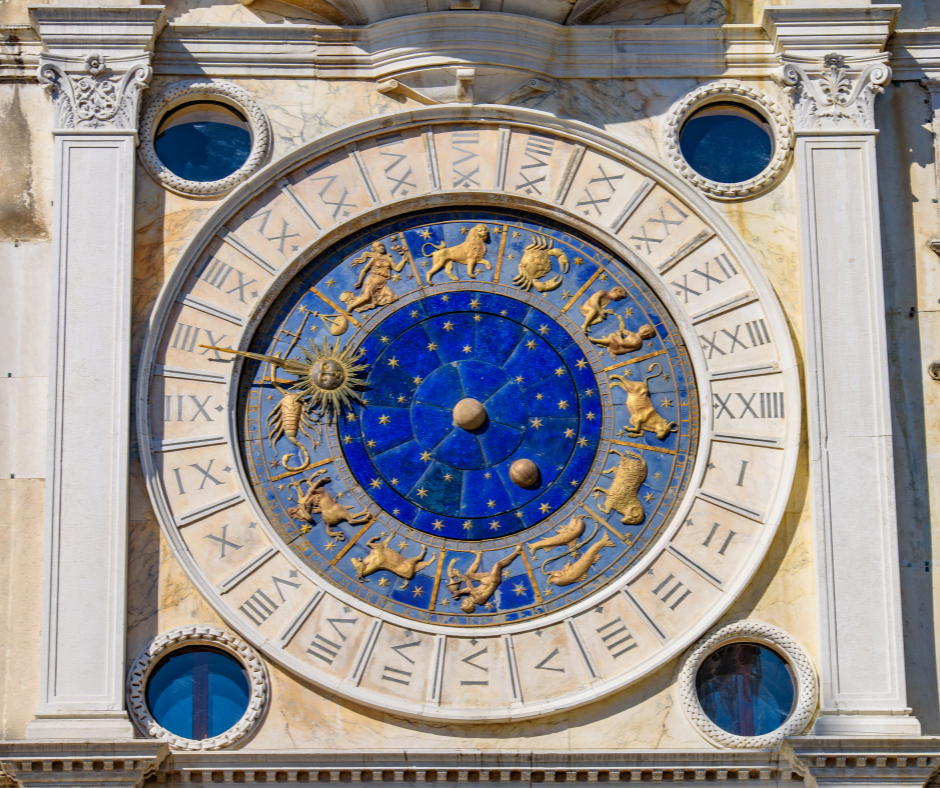

The medieval period boasted several notable astrologers whose works significantly influenced the field. One of the most prominent was Guido Bonatti, an Italian astrologer whose treatise “Liber Astronomiae” was considered one of the most authoritative texts on medieval astrology.
Another influential figure was the English cleric and scholar John of Ashenden, whose astrological treatises provided detailed theoretical and practical insights. These works not only enriched the astrological knowledge of the time but also served as crucial texts that bridged ancient astrological traditions with the Renaissance revival of the discipline.
Fuel your creative fire & be a part of a supportive community that values how you love to live.
subscribe to our newsletter
The Role of Astrology in Royal Courts and Political Decisions
Astrology held a prominent place in the decision-making processes of medieval royal courts across Europe. Monarchs and their advisors regularly consulted astrologers to choose auspicious dates for coronations, marriages, and battles.
Astrological forecasts were also used to predict the outcomes of political events and royal successions. This practice was so ingrained that many royal courts maintained official court astrologers, a testament to the deep trust and reliance on astrological counsel in political realms during the medieval period.
Medieval Central Asia and Mathematical Theories Surrounding Astrology
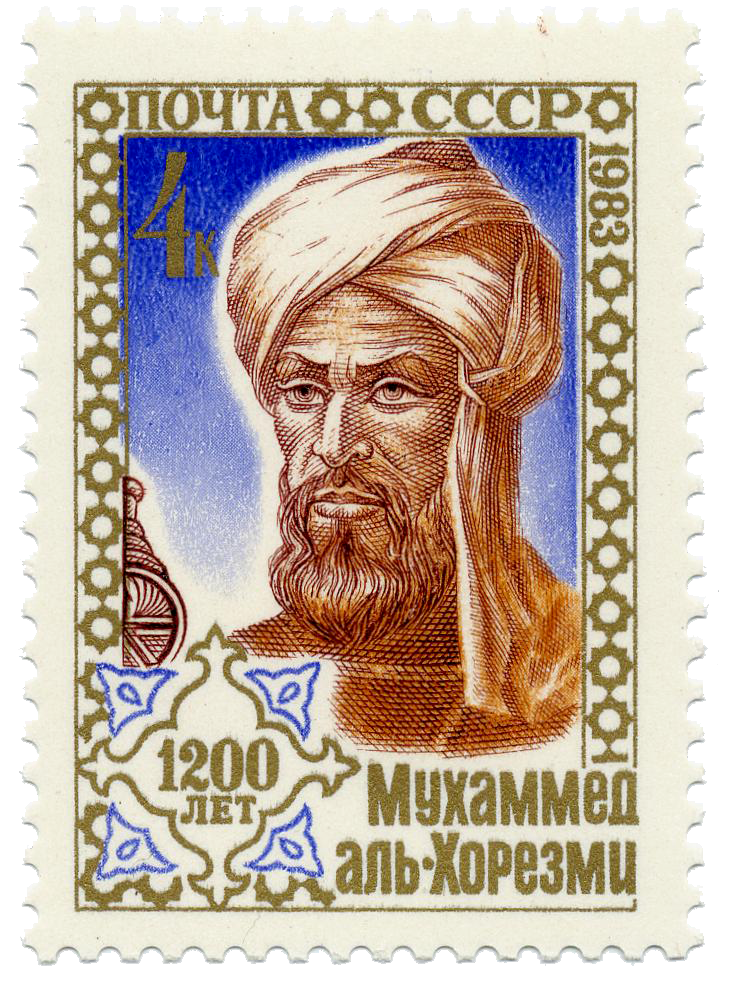

In medieval Central Asia, particularly within Islamic cultures, astrology was pursued with a strong emphasis on mathematics and astronomy. Scholars in the region developed sophisticated mathematical models to better predict celestial events and their astrological interpretations.
Notable figures such as Al-Khwarizmi and Al-Biruni made significant contributions to these fields, integrating arithmetic, geometry, and trigonometry into the calculation of planetary positions and horoscope charts. Their works not only advanced the scientific aspect of astrology but also facilitated a more systematic and empirically grounded approach to astrological practice, significantly influencing both Islamic and European astrological traditions.
Cultural and Philosophical Impact
Astrology profoundly influenced early scientific and philosophical thought by providing a framework through which celestial phenomena were understood and interpreted. In ancient and medieval times, astrology was seen not merely as a form of divination but as a scholarly discipline that encompassed natural philosophy, medicine, and the early scientific method.
Astrological concepts were integral to the development of theories about the cosmos, the nature of matter, and human existence, illustrating the interconnectedness of the universe’s physical and metaphysical aspects.
The History of Astrology and its Relation to Early Astronomy
Astrology and astronomy were once indistinguishable, with the study of celestial bodies serving both practical and mystical purposes. Early astronomers were often astrologers by default, their observations aimed at understanding and predicting the gods’ will as written in the stars. This dual pursuit helped to accumulate a vast body of knowledge about celestial movements, which was essential for the later development of astronomy as a separate science.
The Renaissance Period: Astrology as a Part of Natural Philosophy


During the Renaissance, astrology was considered a legitimate field of study and a vital part of the burgeoning field of natural philosophy. This period saw a reinvigoration of classical knowledge, with astrologers such as Marsilio Ficino and Pico della Mirandola integrating astrological thought with Christian theology and Platonic philosophy. The era reflected a harmonious blend of empirical observation and metaphysical speculation, with astrology used to explore everything from human psychology to the forces of nature.
Shifts in Perception Due to Scientific Revolutions
The Scientific Revolution of the 16th and 17th centuries marked a significant shift in the perception of astrology. As the methodologies of modern science took shape, emphasizing empirical evidence and repeatability, astrology’s more speculative and deterministic aspects came under scrutiny. Figures like Kepler and Galileo, who were trained in astrology, contributed to astronomy in ways that eventually unraveled astrology’s scientific facade, leading to its decline as a respected scientific discipline.
Astrology in Non-Western Cultures
Chinese Astrology: Principles and Societal Role
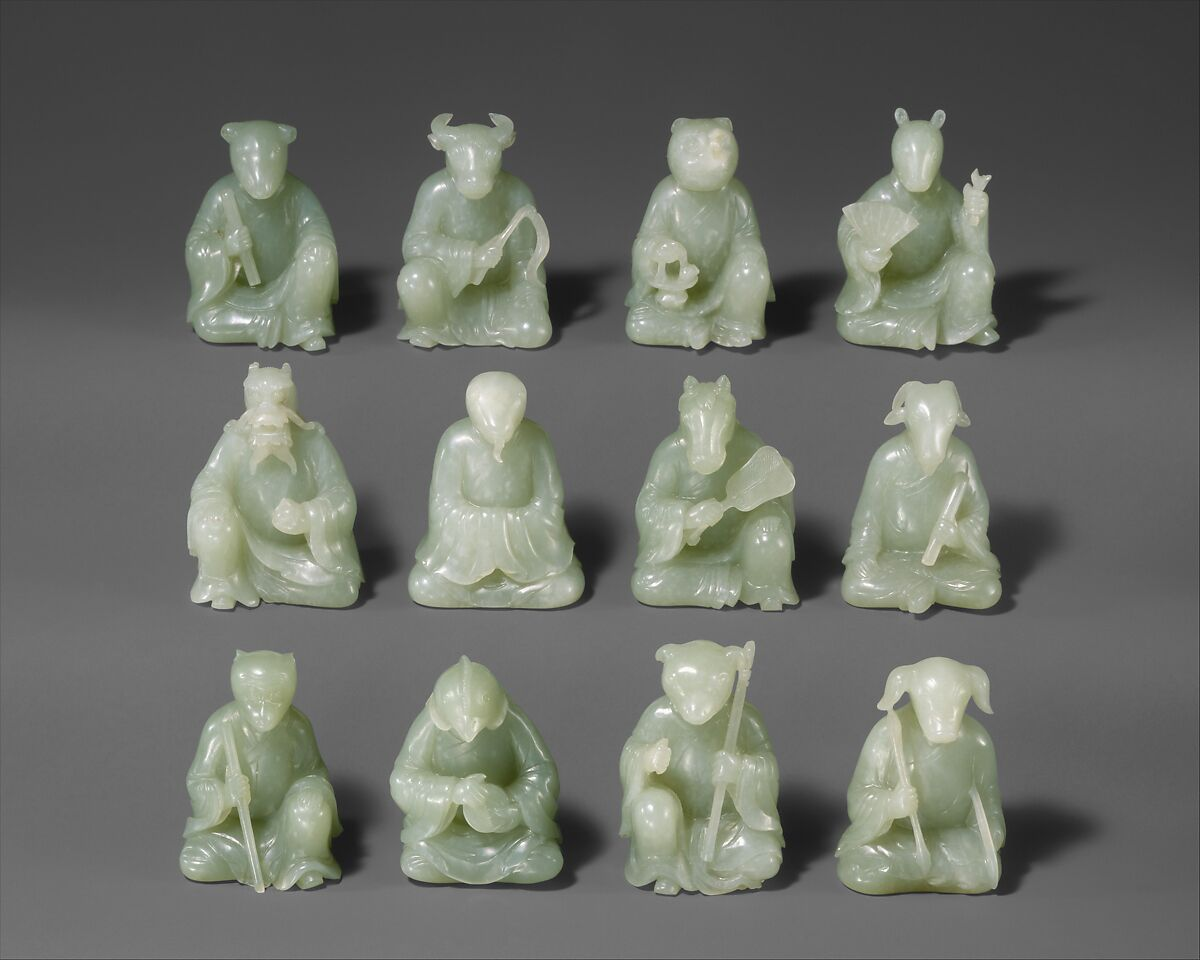

Chinese astrology, deeply rooted in Taoist cosmology, is fundamentally different from its Western counterpart, focusing on the balance of yin and yang and the flow of chi (life force). It includes the zodiac system of twelve animals, which symbolizes human traits and destiny. Chinese astrology has been used in various societal aspects, from determining the best times for important actions like marriages or business openings to governing the planning of governmental activities and buildings.
Indian Astrology (Jyotisha): Its Integration into Hindu Rituals and Life Events
Jyotisha, or Vedic astrology, is an integral part of Hindu culture, embedded in daily practices and life-cycle rituals. It uses a system of planetary motions and positions calculated according to sidereal rather than tropical zodiac, which is more closely aligned with actual constellations. Astrological charts in India are commonly drawn up at birth and consulted throughout a person’s life during key events such as marriage, starting a new business, or festival dates, reflecting a deep cultural embedding of astrology in personal and social decision-making.
Comparison with Western Astrology: Differences in Methods and Philosophical Underpinnings
While Western astrology primarily focuses on psychological traits and future predictions based on sun signs, Chinese and Indian astrologies incorporate a more holistic view of astrology as a part of a larger cosmological worldview. Chinese astrology aligns with the principles of Feng Shui and the I Ching, emphasizing balance and harmony, whereas Indian astrology is closely linked with Hindu spiritual teachings and karma, highlighting the spiritual journey and moral development of an individual.
Decline and Resurgence


The Enlightenment brought about a critical reevaluation of many traditional beliefs, including astrology. The emphasis on rationalism and empirical science made astrology increasingly regarded as superstitious and unscientific. This period saw a marked decline in the academic and public credibility of astrology, as it was increasingly excluded from the realm of legitimate knowledge and scientific discourse.
Astrology versus Astronomy: The Separation and its Consequences for Astrology’s Credibility
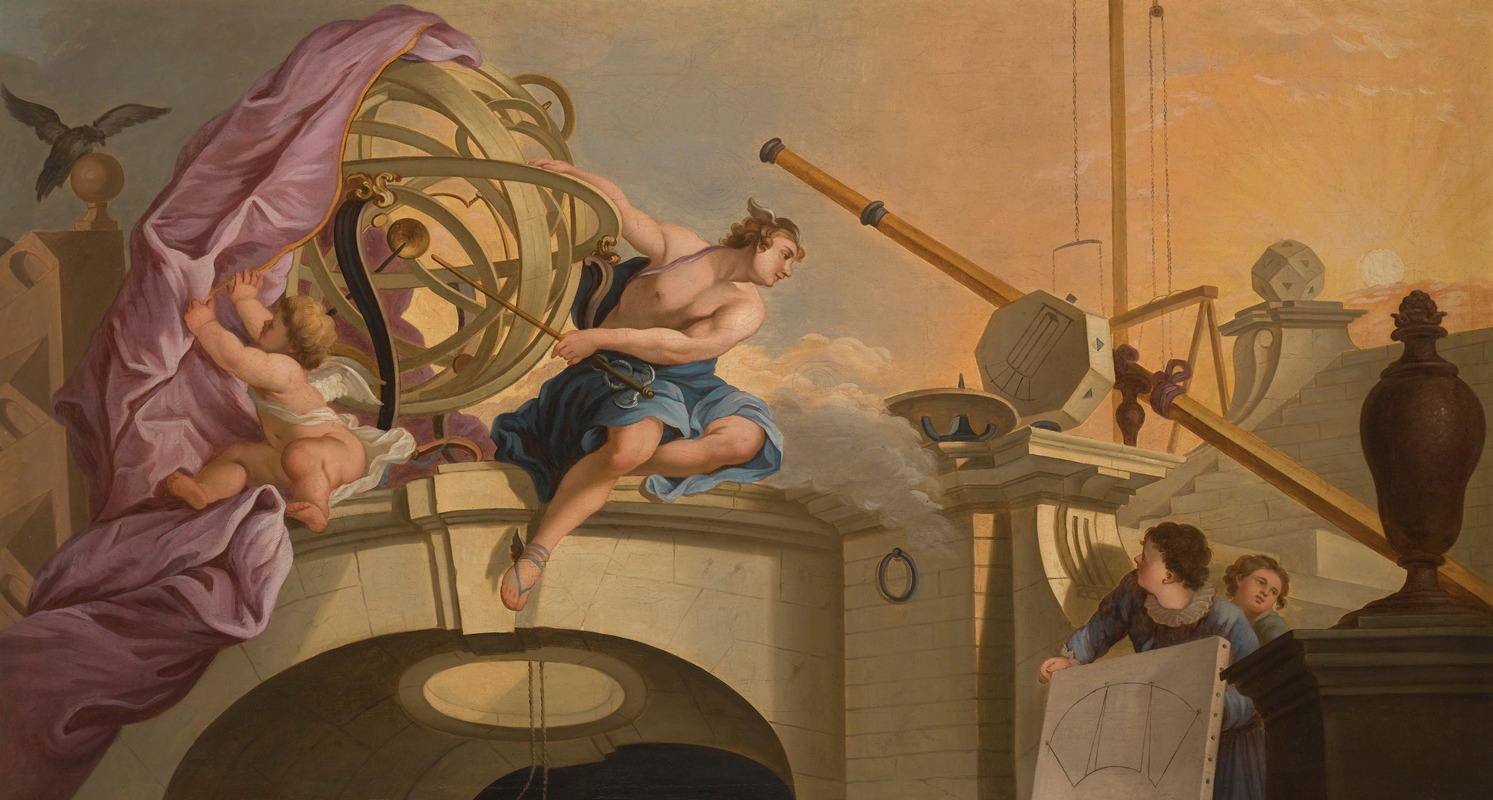

The separation of astrology and astronomy was pivotal in the former’s decline. As astronomy ascended as a rigorous scientific discipline, astrology was relegated to the status of pseudoscience. This split was crystallized in the Enlightenment but had begun earlier with the adoption of the heliocentric model of the solar system, which contradicted many astrological models based on a geocentric universe.
Modern Resurgence
In the 20th century, astrology experienced a resurgence, especially in popular culture, facilitated by the mass media and the rise of the New Age movement. Astrology adapted to contemporary life, often focusing on self-help, personality, and spiritual growth. This period also saw the emergence of psychological astrology, which integrates Jungian psychology with traditional astrological practice, focusing on the growth and understanding of the self rather than predictive techniques.
Final Thoughts on Astrology’s Origins and Evolutions
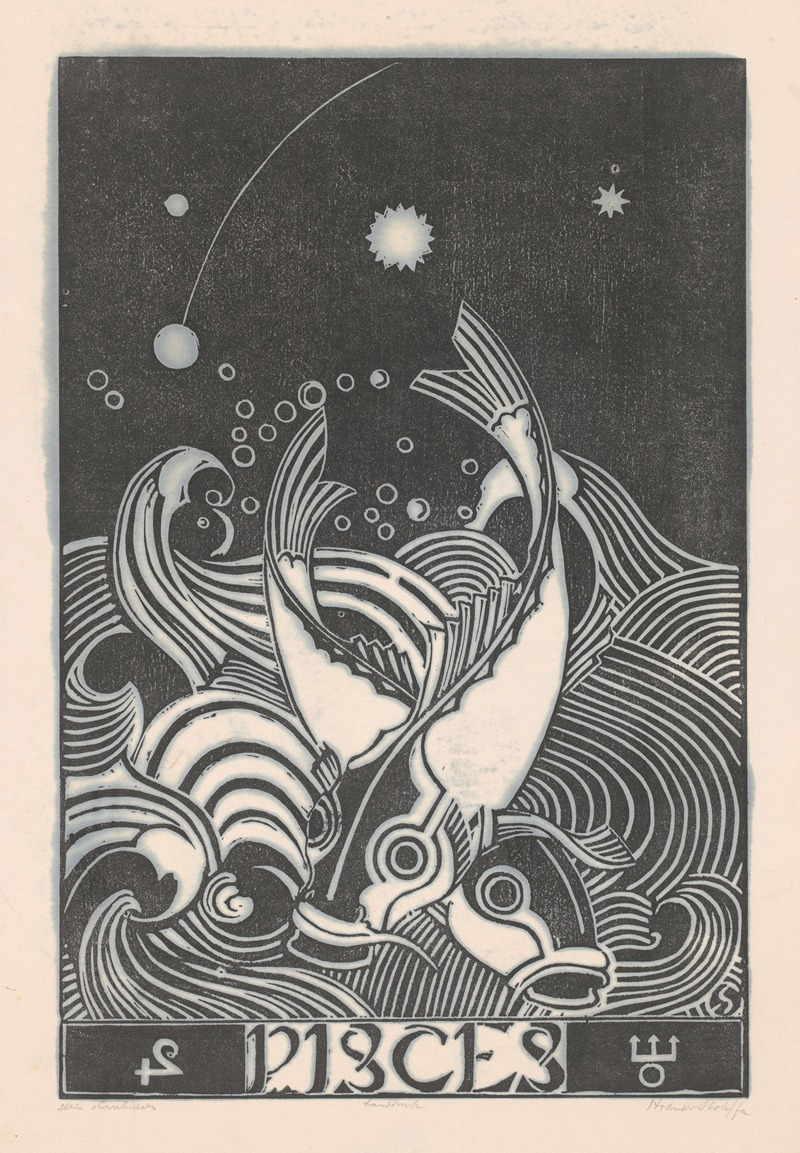

Astrology has played a significant role in shaping early scientific thought and philosophy, serving as a bridge between the observable natural world and the deeper inquiries into human existence and cosmic order. The practice catalyzed the development of astronomy by encouraging precise celestial observations and mathematical calculations. Furthermore, astrology facilitated extensive cultural exchange, as it was adapted and integrated into various civilizations across the globe, each adding their unique interpretations and techniques to the astrological lore.
Despite the rise of empirical science and the rationalism that marked the Enlightenment and subsequent scientific advancements, astrology’s appeal has endured. Its persistence highlights a universal human desire to find meaning and patterns in life—a testament to astrology’s deep-rooted psychological and cultural significance, which continues to resonate with many even in the modern world.
Learn more about astrology by reading one of these books.
Design Dash
Join us in designing a life you love.
-
All About Our 7-Day Focus & Flex Challenge
Sign up before August 14th to join us for the Focus & Flex Challenge!
-
Unique Baby Names Inspired by Incredible Women from History
Inspired by historic queens, warriors, artists, and scientists, one of these unusual baby names might be right for your daughter!
-
Finding a New 9 to 5: How to Put Freelance Work on a Resume
From listing relevant skills to explaining your employment gap, here’s how to put freelance jobs on your resume.
-
What is Generation-Skipping, and How Might it Affect Sandwich Generation Parents?
The emotional pain and financial strain of generation skipping can be devastating for Sandwich Generation parents.
-
Four Material Libraries Dedicated to Sustainability, Preservation, and Education
From sustainable building materials (MaterialDriven) to rare pigments (Harvard), each materials library serves a specific purpose.
-
Do You Actually Need a Beauty Fridge for Your Skincare Products? (Yes and No.)
Let’s take a look at what dermatologists and formulators have to say about whether your makeup and skincare belong in a beauty fridge.








